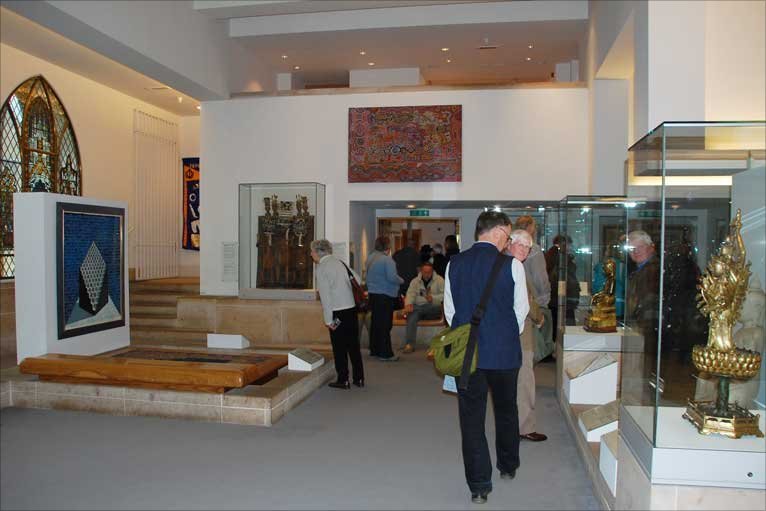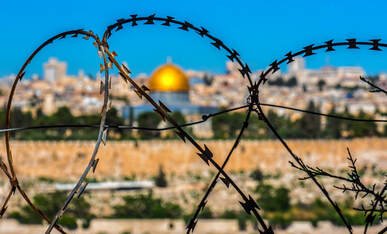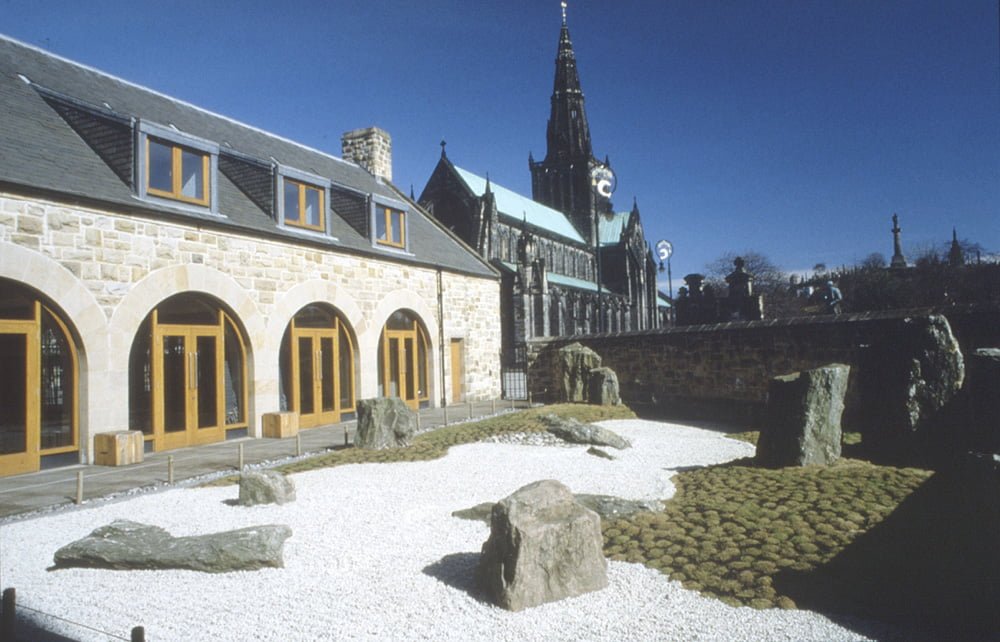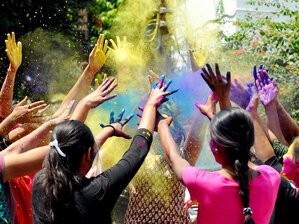Saving St Mungo’s Museum
by Sr Isabel Smyth SND
On 17th February Glasgow City Council announced its budget for the forthcoming year and plans for post-covid recovery. Included in that budget is the statement “ As well as confirming the funding to keep all local libraries open, it will also allocate more than £1 million to reopen community centres and public halls, and £650k to reopen the much-loved St Mungo’s Museum and Provand’s Lordship” This feels like a victory for all those who campaigned tirelessly for the council to keep local libraries, museums and community centres open. Was this part of the budget the result of that campaigning, did Glasgow City Council listen to the voices of its citizens and realise how committed people were to their cultural and community centres, recognising the value they have in the ethos and development of a city.

I was involved in the campaign to save St Mungo’s Museum or Religious Life and Art so that it would keep its interfaith and multifaith focus. Glasgow Life had indicated that its plan was to enter into an agreement with Historic Environment Scotland who own Glasgow Cathedral to revamp the Cathedral precinct to attract more visitors to the historic centre of Glasgow. This revamp would include St Mungo’s Museum and could mean a change in its focus to link more clearly with the history of the Cathedral. This has not yet been resolved but it is surely in keeping with the Christian origins of Glasgow to show its growth as the multifaith city, committed to social and interfaith harmony, that it has become.
The idea of a Museum of Religious Life and Art was the brainchild of Mark O’Neill, at that time Senior Curator of History with Gl. Museums. From the outset it was developed with a socially driven purpose, expressed in the mission statement:
to explore the importance of religion in people’s everyday lives across the world and across time, aiming to promote mutual understanding and respect between people of different faiths and none.
Mark and his team were convinced that if the museum was to live up to this vision stakeholders would have to be consulted and included in the museum’s development – even in the decision to call it The St Mungo Museum of Religious Life and Art. The stakeholders were the various faith communities in Glasgow as well as the Glasgow Sharing of Faiths, the first and, at that time, only interfaith group in Scotland. All these groups were approached and involved – donating artefacts and giving suggestions about the layout. Once opened the museum became a centre for interfaith celebrations and dialogues and because of the involvement of faith communities from its inception the Museum felt very much like a home from home. It did indeed become a much loved venue and the thought of it closing was like a bereavement and loss of what was considered a safe and neutral space to conduct what were sometimes difficult dialogues.

The Museum opened on 4th April 1993, one of only two Museums of Religion in Europe. Now there are more and many of those setting up similar museums came to Glasgow to learn from the St. Mungo experience. For these interfaith friends the thought of St Mungo’s closing or even changing its focus seemed incredible and many of them added their voices of protest to those of Glaswegians and the thousands of people who signed the petition instigated by Interfaith Glasgow.
This is not the first time that there have been plans to close St Mungo’s Museum, nor the first time it has been saved. It’s as though Glasgow Council needs to be reminded from time to time of its significance and the important contribution it makes to good community relations. Hopefully that no matter what future developments there might be stakeholders from Glasgow’s diverse religious communities, interfaith organisations, and anti-sectarian organisations will be consulted.

Saving St Mungo’s Museum Read More »








 If you want to build understanding between faiths then you have to build understanding
If you want to build understanding between faiths then you have to build understanding
